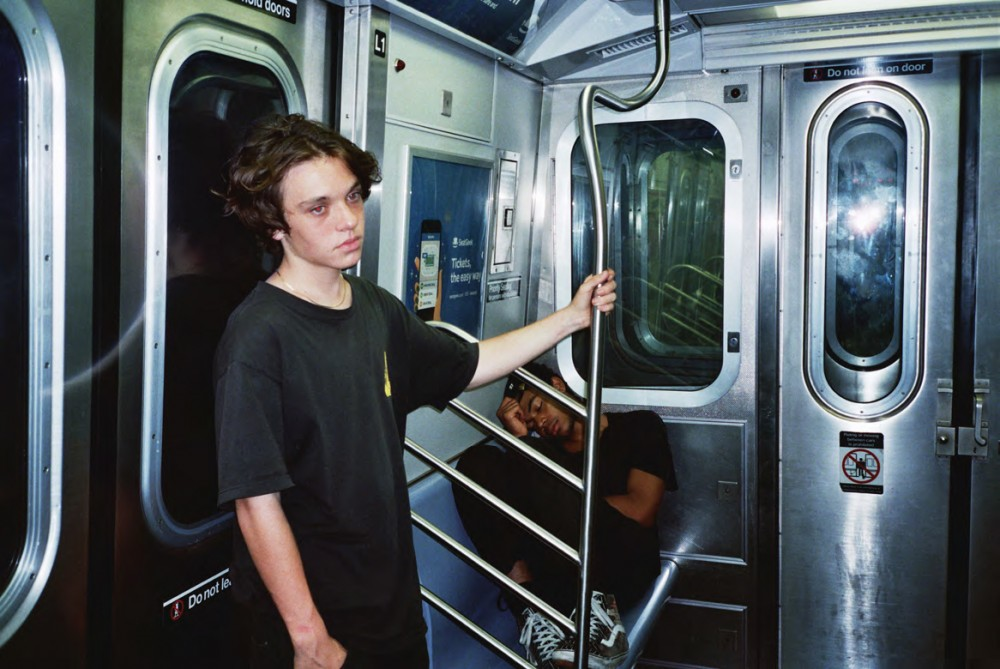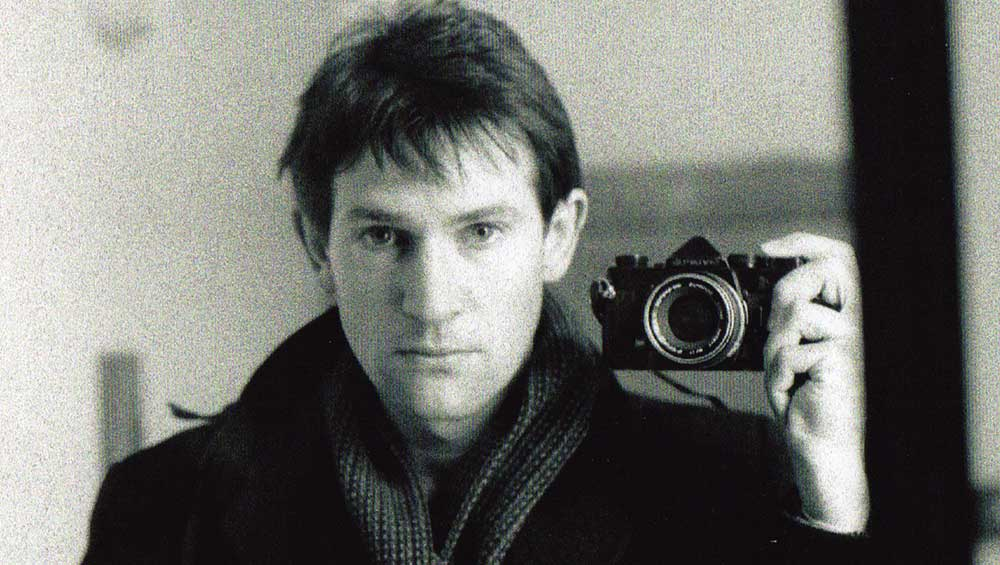
Tom Wood, born 1951, is an Irish street photographer, portraitist and landscape photographer, based in Britain. He was often known as the ‘Photie man’, as he would never forget to bring his camera around where he lived. Wood is best known for his photographs in Liverpool and Merseyside from 1978 to 2001, “on the streets, in pubs and clubs, markets, workplaces, parks and football grounds” of “strangers, mixed with neighbours, family and friends.” Most of his most famous photos where a 5 minute walk from his house in Liverpool, creating interesting stories in each of his street photos. The critic Sean O’Hagan has described Wood as “a pioneering colourist” and “a photographer for whom there are no rules”, while keeping it “up close and personal”.
‘I started doing portraits of these kids hanging around on drugs, or whatever, and some of their parents. It was really tough’
Here are some photos shown in various national museum’s in Liverpool:


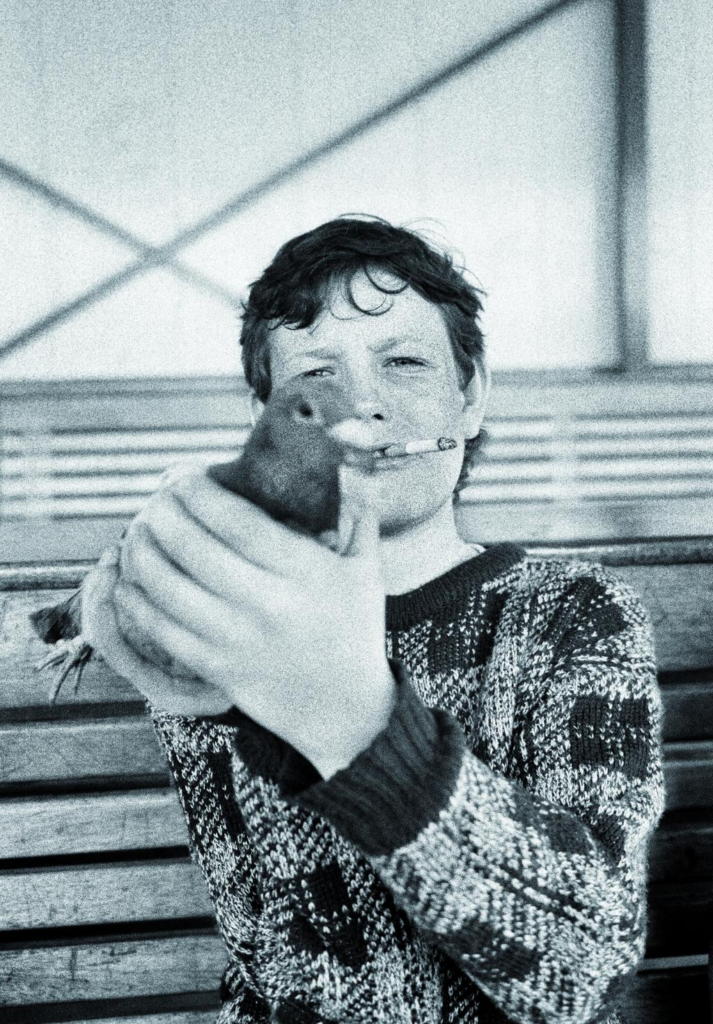
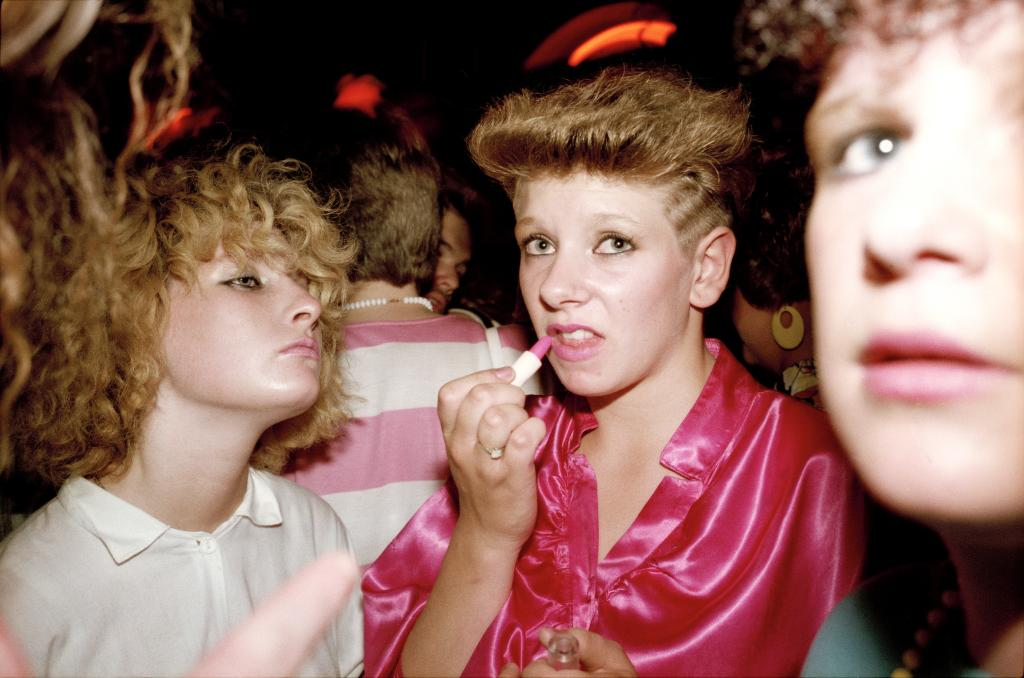
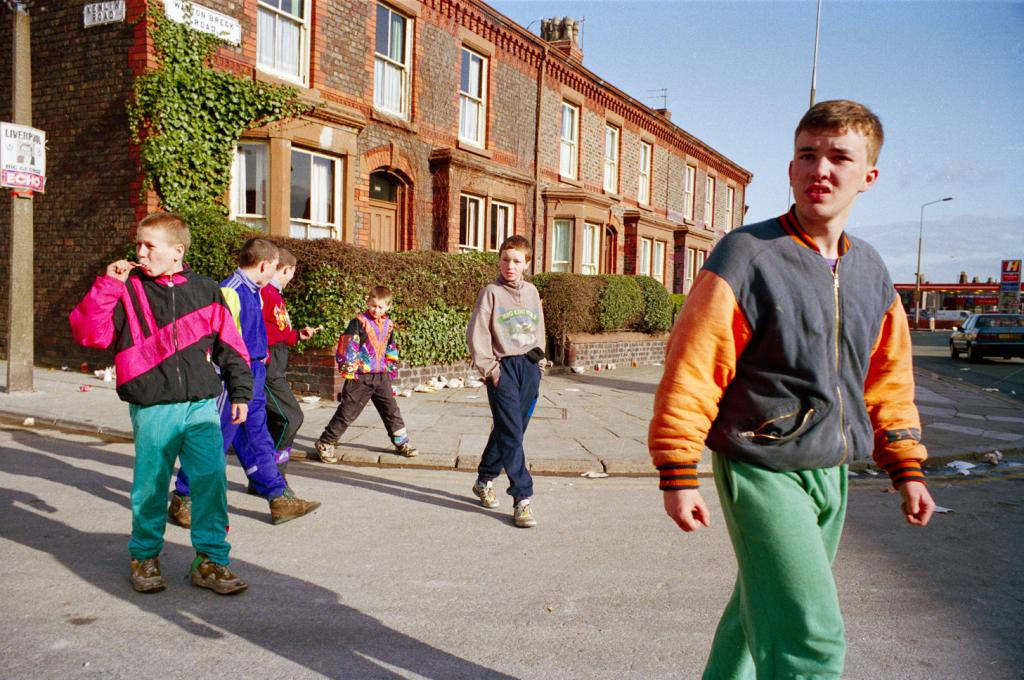


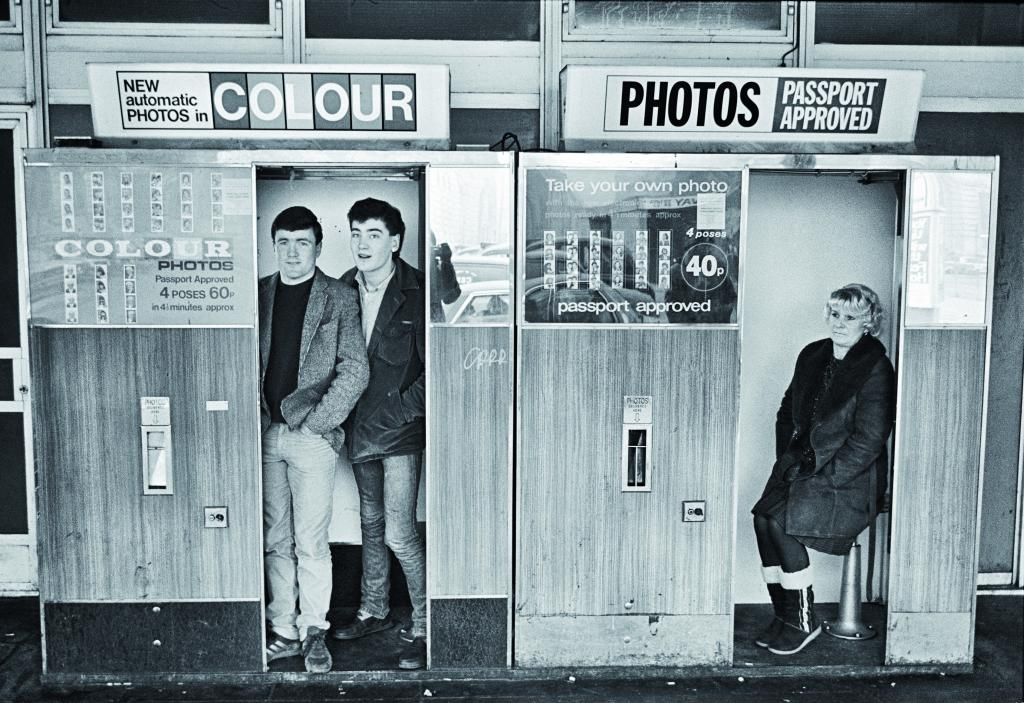
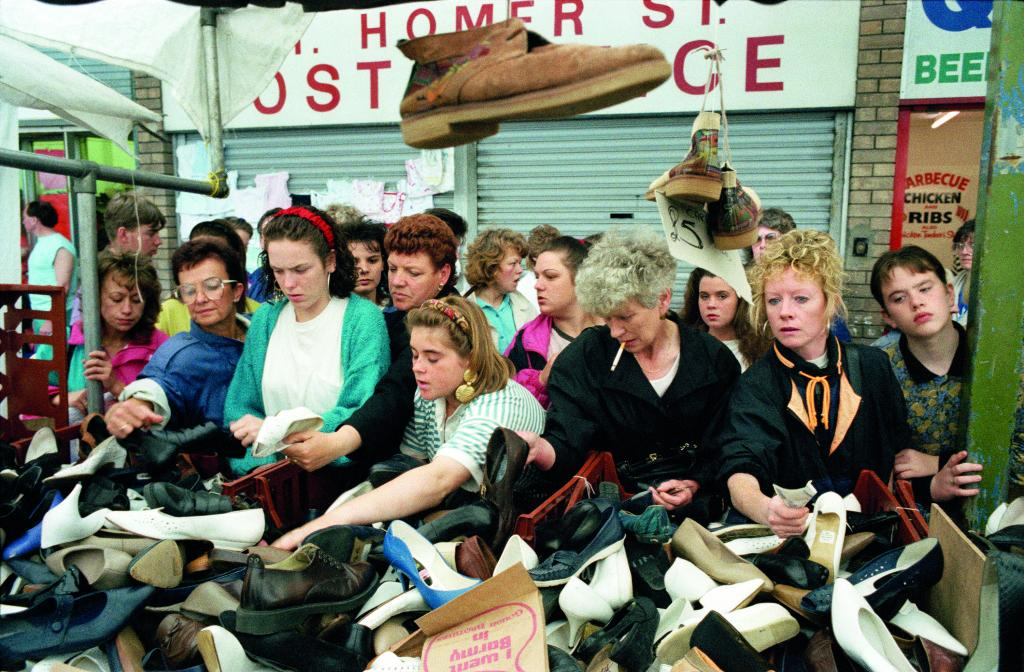
As you can see, each image can be a very interesting image on its own, as the context and amount going on in each photo allows that. He didnt have a set way to take his photos, he used whatever he had at the time and walked around looking for interesting subject to take a photo of, some being staged and others being street photography. So many photographers grub about until they have a formula, and then force all their pictures into the same mould. Not Wood. Forever unsatisfied, never content to make a series when a single picture will do, his curiosity and his intellectual powers always fully engaged, he has roamed around making pictures of the world he lives in.
Partly due to cost, from time to time he has used old cine film and out of date film stock for his pictures. This lends a grainy quality to the film, most evident in Bus Journeys. However, his use of medium formats lends fine detail to the negative, allowing much more visual information to be revealed through the printing process. Wood has also tirelessly experimented with printing papers to create the exact colour balances and textures he requires. For him, analogue rather than digital printing, and making his own prints in the darkroom, are important. He sees photographing, printing, selection and editing as inseparable parts of the process of photography.
101 pictures- 2020
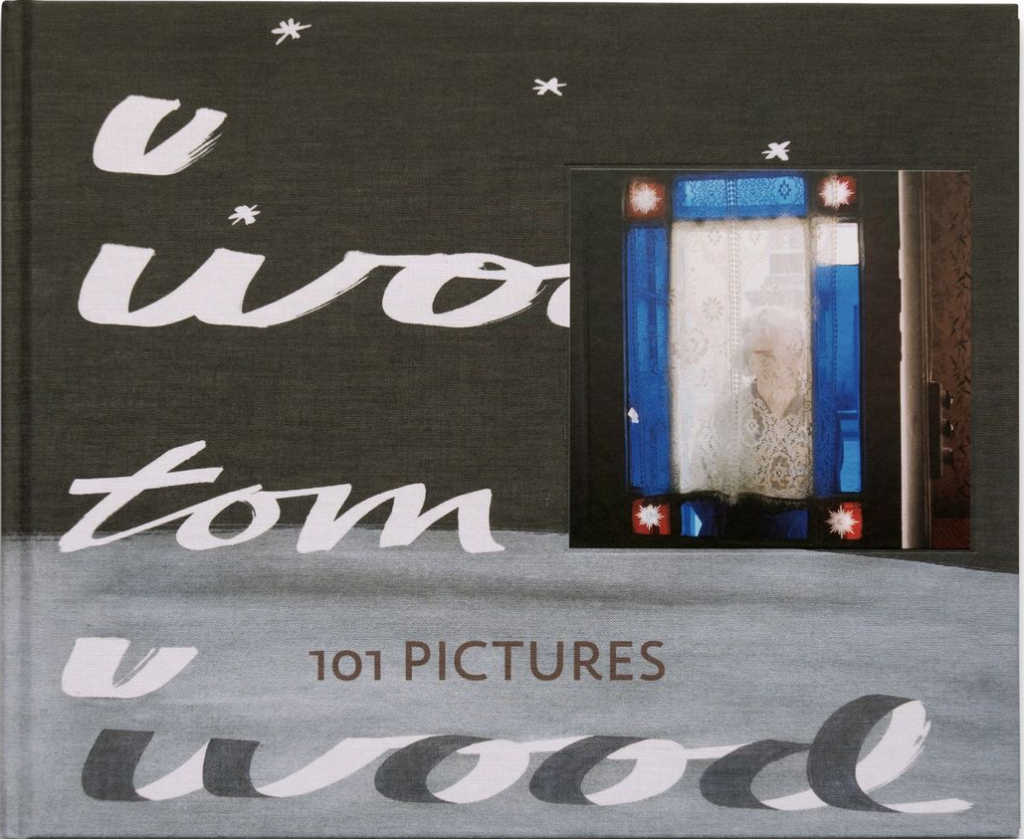
Here, I chose 2 photos from his book ‘101 pictures’, it includes many of his most famous photos from his many years of taking photos.
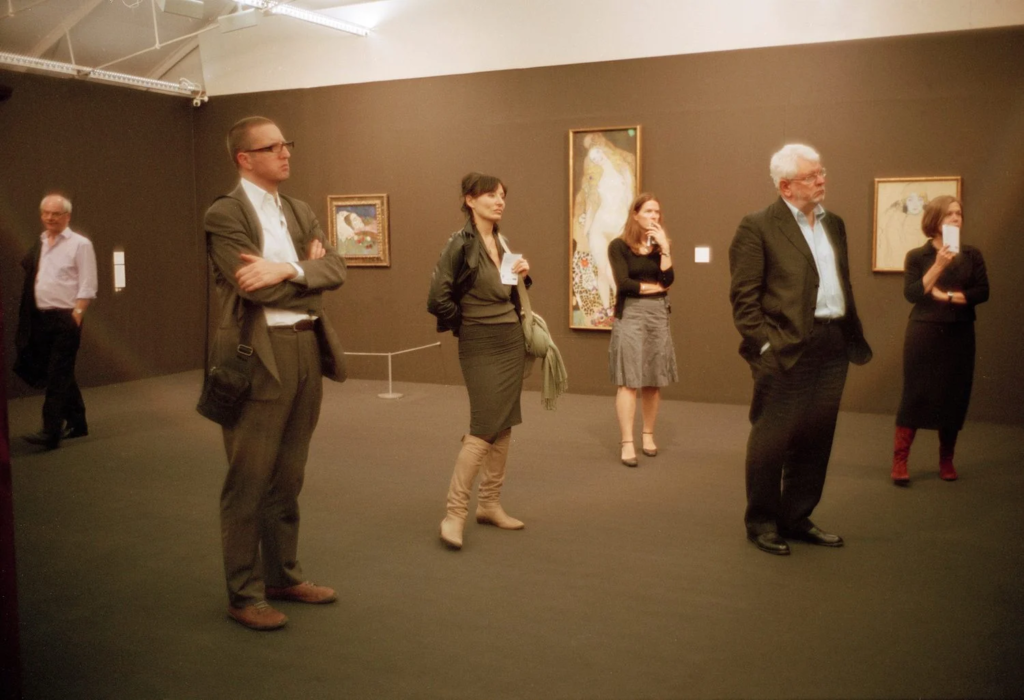
Here you can see five people stand apart looking towards and contemplating an artwork out of the frame of Wood’s picture. The lighting is almost oversaturated, and its cropped to only show the people looking at the picture. The temperature is defiantly on the warmer side, with more red and orange colours that blue and purple. This photo is a big contrast from his usual photos, with more upper class people being included. The fact that they are standing equally apart, disconnects this image to reality. This could also be seen as the upper class disconnecting and distancing themselves to middle and lower class people. This is further added by how everyone is lost in there own thoughts, with no connection between each of them, their sobriety of behaviour matched by their dress, which is echoed in the browns of the gallery space. Even the brown, equally spaced framed images behind the subjects matches the overall boring, repetitive theme of this image. However, the 6th subject on the left seemed to have seen the camera, giving this photo some reality, allowing this image to stay somewhat similar to his others.
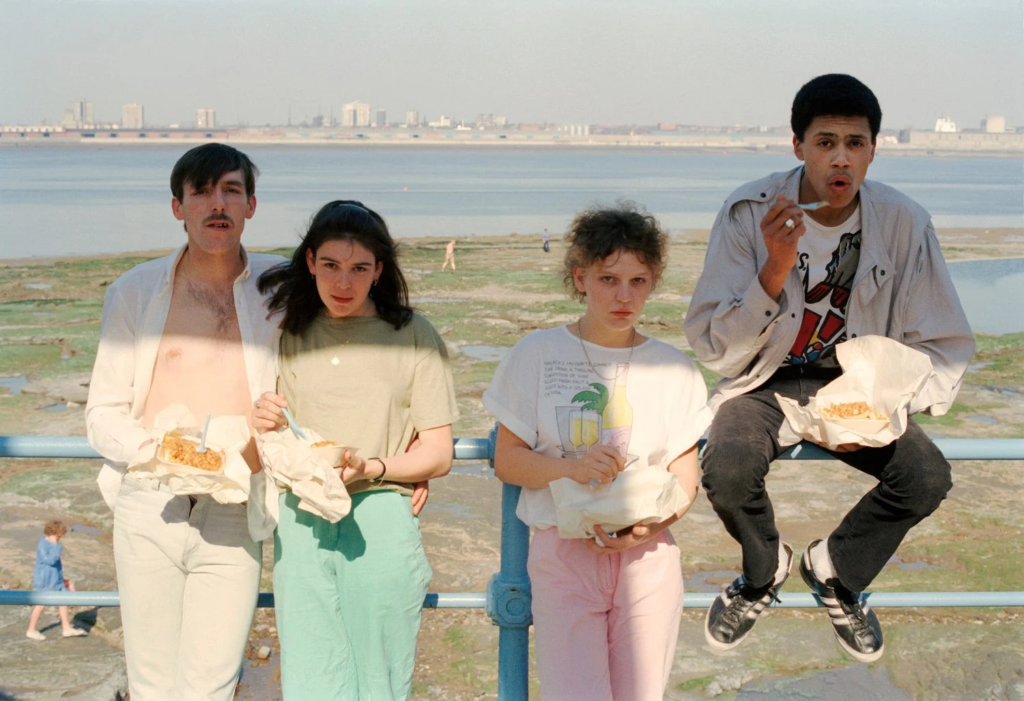
This image is a more ‘traditional’ tom wood photo, taken in Liverpool, which contrasts the imaged I used above with everything, from the lighting to the way the subjects are portrayed. here, light is an essential feature of this image, with the suns patchy light illuminating four young people as they eat there chips and beans at the sea front, with a colourful blue rail behind them, adding a barrier between the foreground and background. The barrier also adds lines across the photo, drawing the eyes towards them, thus drawing the eyes towards the unrepetitively placed subjects. This uneven placement of people makes it seem real (documentary). Each person in this photo is wearing bold and brightly coloured clothes, further giving this image life and value. I think the best part of this image is the peoples faces, each being unique and funny, which makes the viewer think about there stories and the connections between them.
Sam Taylor-Johnson – crying men
Sam Taylor-Johnson, born in 1967, is a British film director and artist. She began her creative carrier with fine art photography in the early 1990s, collaborating with Henry bond and creating a pastiche of various things, like the photo taken by Annie Leibovitz of Lennon a few hours before his assassination. However, she isn’t known for her photographer work back when she was younger, rather her as being a famous film director. So why am I talking about her? its because she created a series called ‘crying men’ which shown many male actors crying in films. From 2002 to 2004, after Sam had battled breast cancer, as an ‘exorcism of tears‘ she photographed actors crying, a mix of old Hollywood actors as well as young up and coming actors at the time. It was a revealing look at some actors you may not have seen cry on screen and raises questions about how masculine vulnerability is portrayed on screen, as well as how society has drummed it into men not to cry. I think this series is very impactful to see, as actors like Michael Madsen can be seen crying, and he’s usually depicted as the ‘tough guy’ in films. Men’s mental health is becoming a serious issue that’s been overlooked for many years and only now people are beginning to take action. For example, the highest cause of death for men under 45 is suicide, facts like these brings more attention to the topic of men’s mental health.
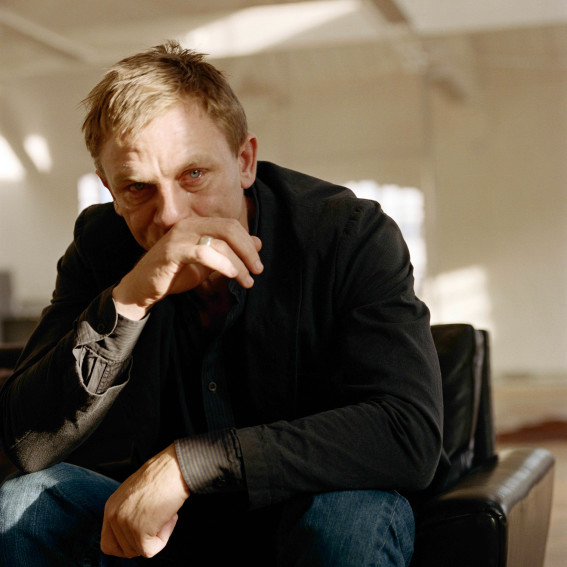
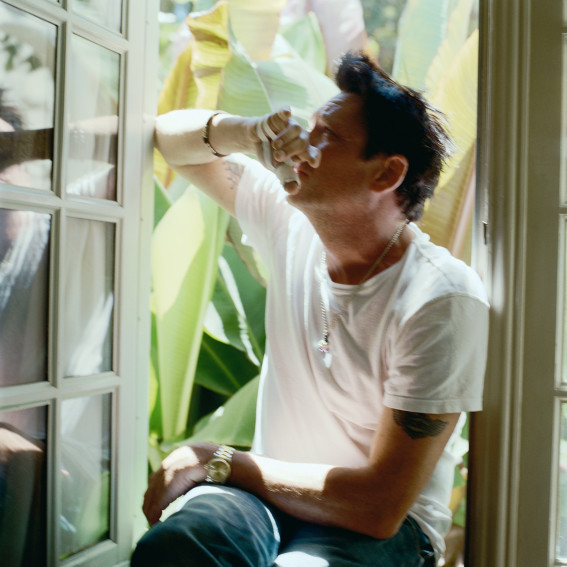
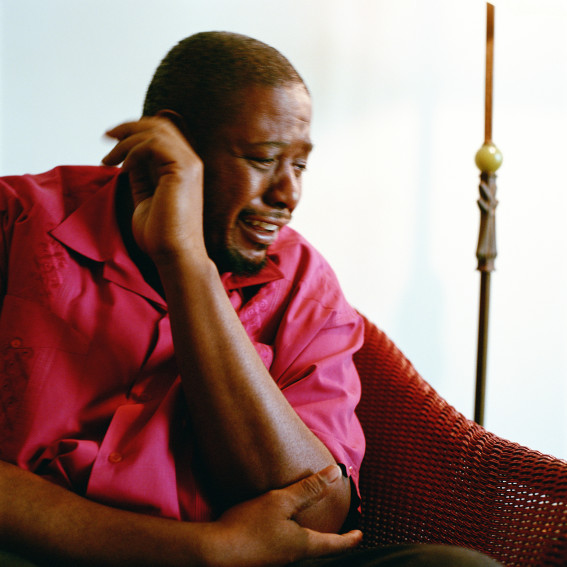
Soliloquy 1

Here is Taylor-Woods image ‘Soliloquy 1‘, we see a man exhausted on a sofa, with his right arm hanging lifeless to the floor. This pose is emulates a very popular work by painter Henry Wallis, the death of Chatterton (1856). The light source coming from behind keeps the main subject mostly in the shadows, giving a more dramatic image.
Neil Leifer
Neil Leifer (born in 1942) is probably the most well known sport photographer and created some of the most iconic shots. I will getting some inspiration from him when I turn towards sports, specifically basketball, when linking it to masculinity.
Leifer often uses unique angles and perspectives to tell a story through his images, setting him apart from other sports photographers. His style is characterized by a keen eye for composition, timing, and the use of colour and light to create dynamic and striking images, allowing him to capture the intensity and emotion of the athletes in his photographs.
Here are some photos I like:
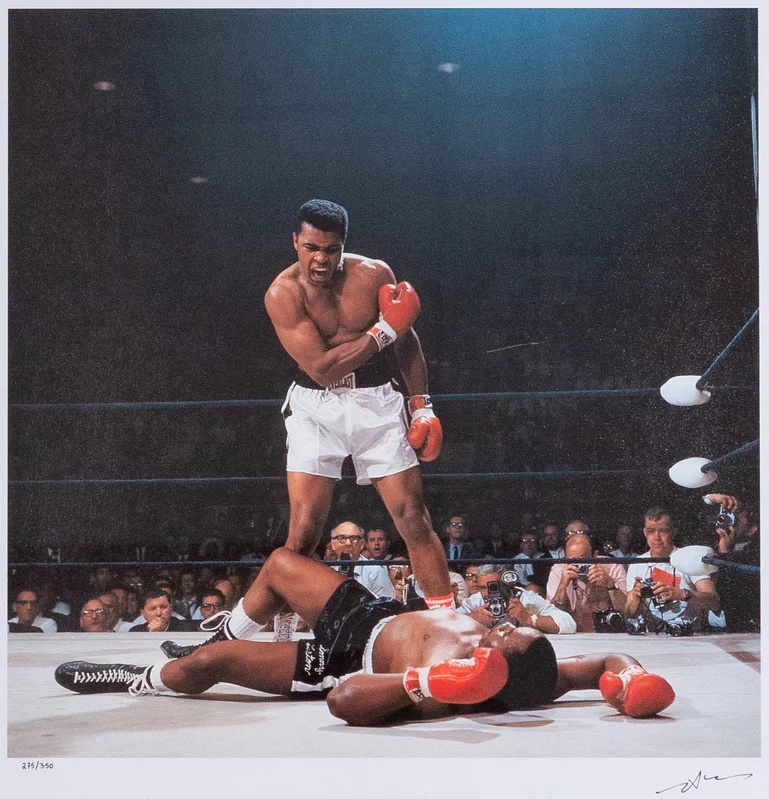
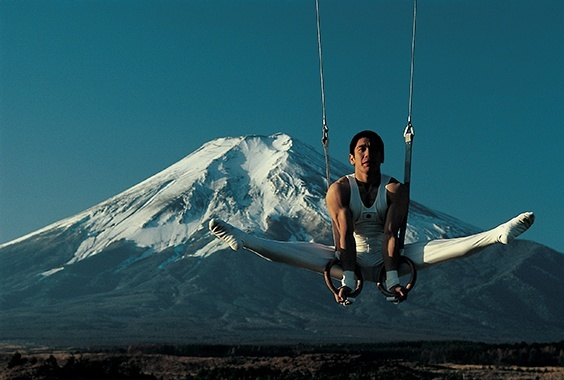
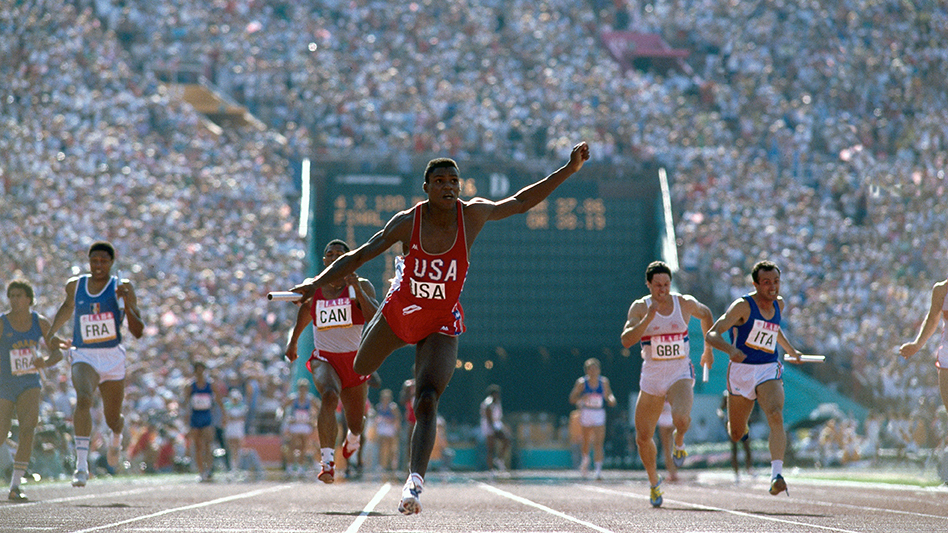
All these photos are incredibly dramatic, from the intense facial expressions to the detailed backgrounds, each with there own unique stories. The photo with Muhammad Ali (likely the most famous boxer of all time), is particularly dramatic. It shows a victorious Ali standing over the defeated Sonny Liston, shot during a 1965 world title fight. Leifer admitted that luck played a big part in getting this picture, since if he was positioned in a different part of the ring, it would the photo would never of been as famous. However, even with his luck, creating a photo like this requires lot of skill, as the cameras back then where not as easy to use as they are now, as well as trying to get that close to the ring side. The buzz and excitement is also been presented very well in this image, with countless camera all around the ring, and the tense Ali standing in the centre of the frame. Below are some quotes that I will take note on with my photos:
“I always try to tell a story with my pictures. You have to know the sport and the athletes to be able to anticipate the action.”
“Lighting is everything. The difference between a good picture and a great picture often comes down to the way the light falls on your subject.”
“I’ve always believed that you can’t be in the right place at the right time unless you’re in the right place all the time.”
Some more research that I may or may not use
I had also done a little bit of research on these photographers:
Sarah Jones
Gregory Crewdson
Jeff Wall
Tom Hunter
Philip Lorca Di Corcia
Justine Kurland
Troy Paiva
Paul M smith
Martin Schoeller
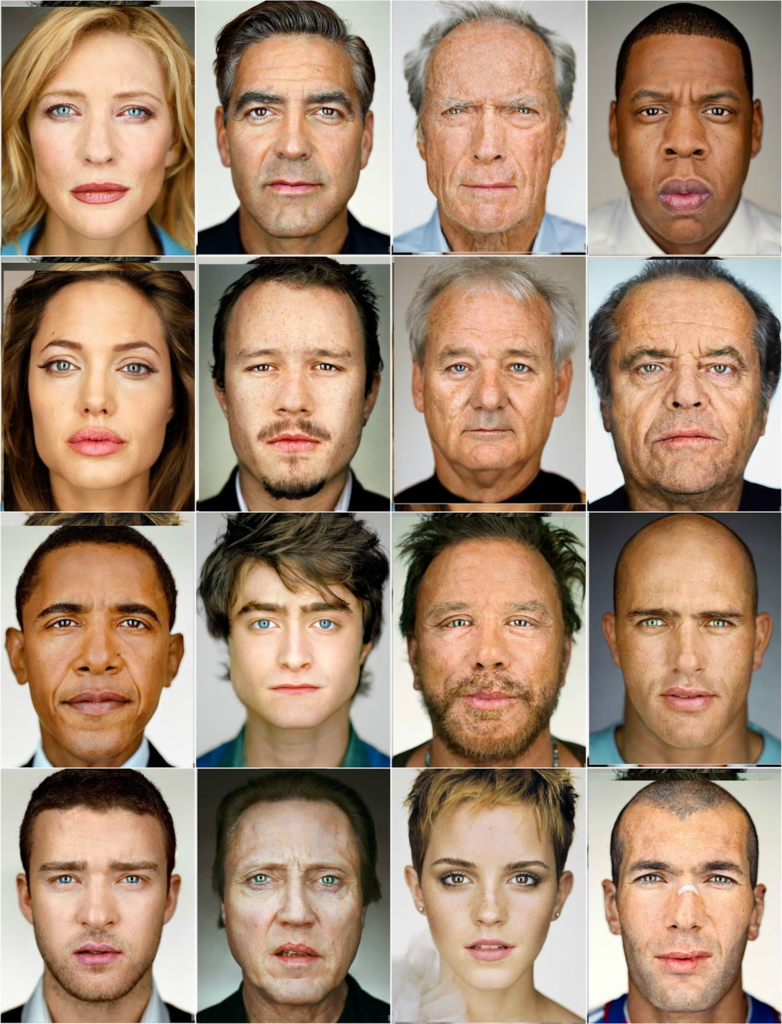
New York-based photographer whose style of “hyper-detailed close ups” is distinguished by similar treatment of all subjects whether they are celebrities or unknown. He has managed to get many famous people (like Koby Bryant) to be in his portrait photos.
Sophie Day is another photographer I will be getting inspiration from. She spent three years continuously photographing close male friends, amassing an archive of their shared experience. Along the way, she refined her own understanding of masculinity – a girl amongst boys, reflecting on their social codes and behaviours. Here are some photos I like:

